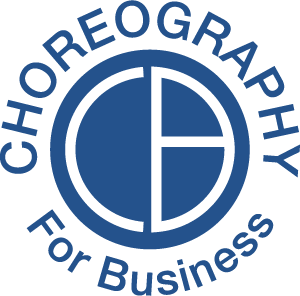The Plague of Bad Meetings
Across the US, many workdays are filled with meetings that are discombobulated and pointless. Under current norms, many team meetings are boring and unproductive with most team members leaving without having achieved any progress or concrete next steps.
Scenario 1:
The manager or team leader, walks into the room, but neglects to show up with an awareness of self and of others. The manager’s lackluster demeanor (slow entrance, head bent over phone, slightly closed off posture) screams, “these meetings are the bane of my existence, let’s please get on with it so we can return to our solo enterprises”.
The other team members are immediately affected - taking subconscious cues from their superior that the meeting is neither important, nor interesting.
This becomes a reinforcing cycle of disconnection throughout the meeting and one hour later, the meeting comes to a close without any meaningful conversation, brainstorming or debating of ideas/opinions. It is a wasted opportunity and money may very well be left on the table as a result.
Does this resonate?
One way to solve this is to ensure that people are coming to the table and showing up as holistic individuals, aware of themselves and aware of their fellow team members. I highlight the role of the manager in this scenario, but everyone’s presence affects everyone else’s. There is a real sense of empowerment and responsibility simply in being in the same room as your coworkers. Let’s take a look at another scenario in which team meetings are dynamic and live events where team members come to the table and are engaged together in the sharing of ideas, thoughts and suggestions they would never have thought of otherwise.
Scenario 2:
Each individual, having gone through basic CFB training, shows up both physically and mentally. This ensures a present posture, eye contact and intentional movements which allow individuals to acknowledge and connect with others in the room.
Fellow team members pick up on this upbeat and inspired energy and recognize the difference between this experience and their offices/cubes.
Throughout the meeting, there is a palpable connection due to the way the tables and chairs are set up, the way people are sharing the communicative spotlight. It is an ebb and flow of back and forth.
Team members leave the meeting with a slew of different ideas and greater connectivity between the various people on their teams. The final products/sales/performances end up in a completely different place than they would have had that meeting not happened.
Meetings are but a small example of moments when team work towards a common goal is of the essence. With all businesses, there is a point of consumption that represents the apex of everyone’s combined efforts. At that point, it is never about just one person and the work they do in their office/at their desk. Final products may differ in shape, size and channel, but they all were made as a result of varying levels of dynamic teamwork. When a team is not functioning properly, when it is out of sync, issues do not get identified and communicated, solutions are haphazard and the final product suffers as a result.
By first becoming more aware of our own selves, our presence in a situation and our influence on the environment and on other people, we can then begin to tune into the broader needs of the team unit, and the company we are working with.
As a performer, even if you are the ‘star’, it is never only about you. You are part of a bigger body and it is the whole that leaves an impression on the audience that can last a lifetime. Have you ever experience a particularly pointless meeting? Think back to it and what changes might you embody to ensure a tighter synchrony between team members? Please share your experiences with me!

